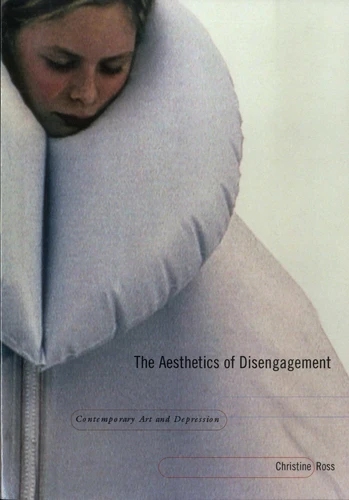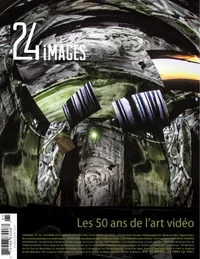The Aesthetics of Disengagement. Contemporary Art and Depression
Par :Formats :
Actuellement indisponible
Cet article est actuellement indisponible, il ne peut pas être commandé sur notre site pour le moment. Nous vous invitons à vous inscrire à l'alerte disponibilité, vous recevrez un e-mail dès que cet ouvrage sera à nouveau disponible.
- Nombre de pages244
- PrésentationBroché
- FormatGrand Format
- Poids0.545 kg
- Dimensions17,7 cm × 25,3 cm × 1,4 cm
- ISBN0-8166-4539-6
- EAN9780816645398
- Date de parution05/03/2006
- ÉditeurUniversity of Minnesota Press
Résumé
According to the National Institute of Mental Health, more than half of the world's population will have a depressive disorder at some point in their lifetimes. In The Aesthetics of Disengagement Christine Ross shows how contemporary art is a powerful yet largely unacknowledged player in the articulation of depression in Western culture. Ross explores the ways in which contemporary art performs the detached aesthetics of depression, exposing the viewer's loss of connection and ultimately redefining the function of the image.
Ross examines the works of Ugo Rondinone, Rosemarie Trockel, Ken Lum, John Pilson, Liza May Post, Vanessa Beecroft, and Douglas Gordon, articulating how their art conveys depression's subjectivity and addresses a depressed spectator whose memory and perceptual faculties are impaired. Drawing from the fields of psychoanalysis as well as psychiatry, Ross reveals the ways in which art transforms disengagement into a visual strategy of disclosure, a means of reaching the viewer, and how in this way contemporary art puts forth a new understanding of depression.
Ross examines the works of Ugo Rondinone, Rosemarie Trockel, Ken Lum, John Pilson, Liza May Post, Vanessa Beecroft, and Douglas Gordon, articulating how their art conveys depression's subjectivity and addresses a depressed spectator whose memory and perceptual faculties are impaired. Drawing from the fields of psychoanalysis as well as psychiatry, Ross reveals the ways in which art transforms disengagement into a visual strategy of disclosure, a means of reaching the viewer, and how in this way contemporary art puts forth a new understanding of depression.
According to the National Institute of Mental Health, more than half of the world's population will have a depressive disorder at some point in their lifetimes. In The Aesthetics of Disengagement Christine Ross shows how contemporary art is a powerful yet largely unacknowledged player in the articulation of depression in Western culture. Ross explores the ways in which contemporary art performs the detached aesthetics of depression, exposing the viewer's loss of connection and ultimately redefining the function of the image.
Ross examines the works of Ugo Rondinone, Rosemarie Trockel, Ken Lum, John Pilson, Liza May Post, Vanessa Beecroft, and Douglas Gordon, articulating how their art conveys depression's subjectivity and addresses a depressed spectator whose memory and perceptual faculties are impaired. Drawing from the fields of psychoanalysis as well as psychiatry, Ross reveals the ways in which art transforms disengagement into a visual strategy of disclosure, a means of reaching the viewer, and how in this way contemporary art puts forth a new understanding of depression.
Ross examines the works of Ugo Rondinone, Rosemarie Trockel, Ken Lum, John Pilson, Liza May Post, Vanessa Beecroft, and Douglas Gordon, articulating how their art conveys depression's subjectivity and addresses a depressed spectator whose memory and perceptual faculties are impaired. Drawing from the fields of psychoanalysis as well as psychiatry, Ross reveals the ways in which art transforms disengagement into a visual strategy of disclosure, a means of reaching the viewer, and how in this way contemporary art puts forth a new understanding of depression.





